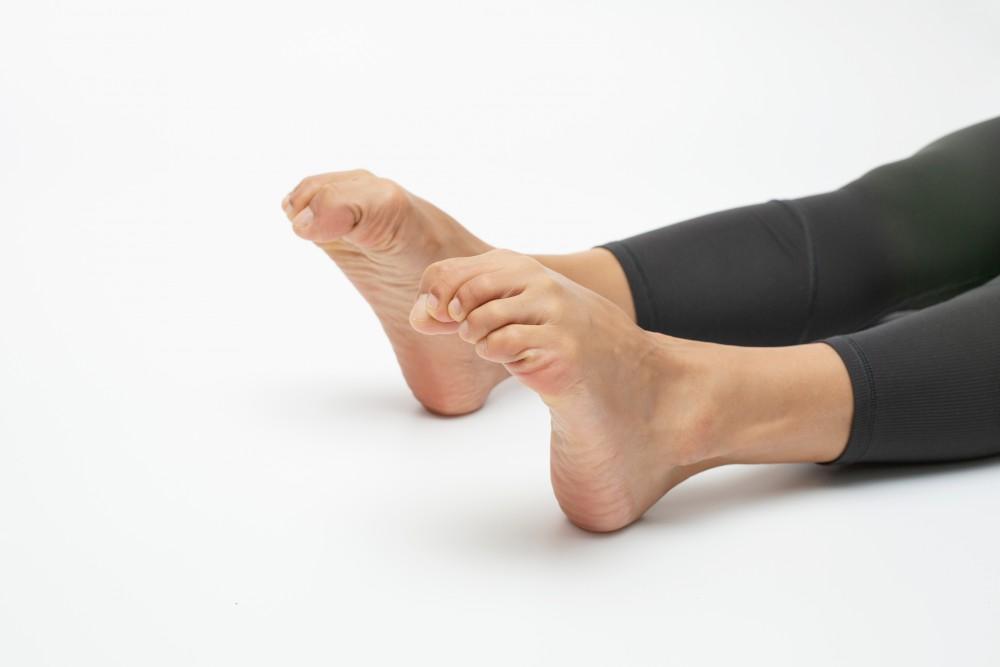
How to Reduce Your Elbow Bursitis Pain

Many of the joints in your body have fluid-filled sacs called bursae that cushion the bones, muscles, and tendons that make up a joint’s system. When a bursa sac becomes inflamed, it can cause significant pain and restricted motion. The elbow is a common location for this type of inflammation, called bursitis.
As elbow pain specialists, we at Bahri Orthopedics & Sports Medicine Clinic frequently treat patients with inflammation of the olecranon bursa, the sac that protects the elbow. Often, we start with conservative treatment techniques, giving the body time to heal itself first before moving on to more aggressive strategies.
If your elbow is swollen due to overuse or repetitive strain, you can start the RICE protocol to reduce your elbow bursitis pain. Contact our office if these steps produce no relief or if your elbow condition is followed a traumatic injury.
Bursitis symptoms
Pain is usually the first noticeable sign of bursitis in the elbow. It’s commonly accompanied by noticeable swelling too. Infections can sometimes trigger bursitis. If this is the case, you may observe skin discoloration and warmth in the affected area.
The RICE protocol
A treatment plan for many soft tissue injuries, a four-step process can often relieve pain, reduce swelling, and jump-start natural healing. It uses the mnemonic RICE based on the names of each step. Since elbow bursitis often develops slowly, without an obvious event, providing the injured elbow with home care may be all you need to resolve the problem.
Rest
Restrict the use of the affected elbow when pain and inflammation begin. Avoid leaning on the elbow or using it in a way that aggravates your pain. This may require changes to your daily routine or modifications to common activities. Wearing a sling or an elbow pad may also take some strain off the joint.
Ice
Cold compresses help to reduce inflammation and reduce pain associated with your bursitis. Use an ice pack several times a day in 15-minute sessions. Don’t apply ice directly to the skin. Wrap a cloth around the ice pack to protect your skin from damage. After 48 hours, you can alternate cold and hot therapy.
Compress
Elastic compression bandages help to control swelling. Wrapping your elbow can also increase your awareness of the injury so that you don’t disturb the rest that the joint needs to recover.
Elevate
When possible, keep the injured elbow above the level of your heart to encourage drainage and reduce swelling.
Supplement your RICE treatments with non-steroidal anti-inflammatory (NSAID) pain medications. Ibuprofen and naproxen can be purchased over the counter. Diclofenac is an NSAID available in a topical ointment for direct application to the skin. Use this if oral NSAIDs upset your stomach.
When conservative home treatment fails to reduce your symptoms in a few days, contact the nearest of our offices to schedule an exam. You can book your visit by phone or online. We’re standing by to examine and diagnose your elbow, so make an appointment now.
You Might Also Enjoy...


Fracture Care: Nonsurgical Options vs. Surgery

Am I a Good Candidate For Shoulder Replacement?

Staying Active With Knee Osteoarthritis: Our Top Tips

Struggling with Ankle Instability? Here's How to Avoid Future Sprains


